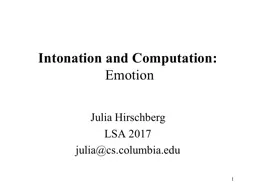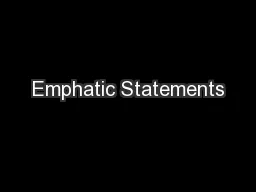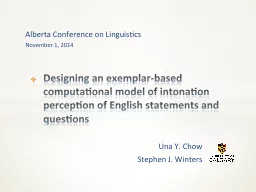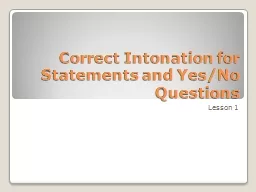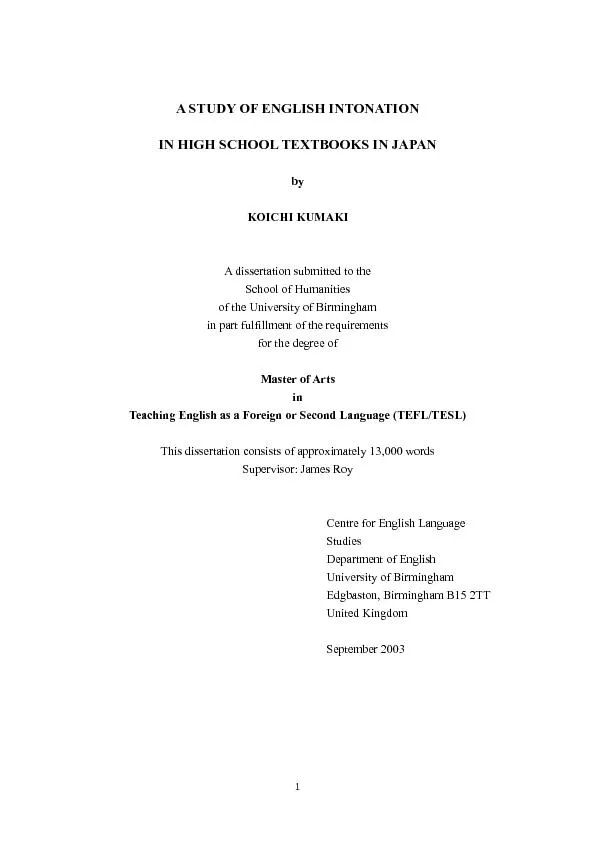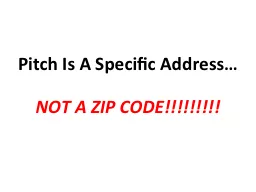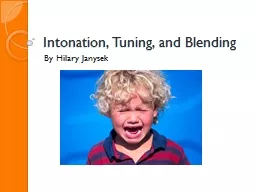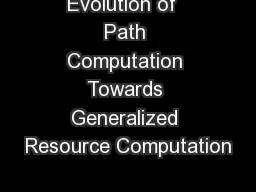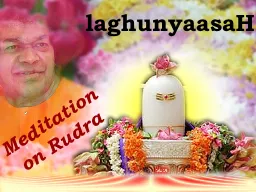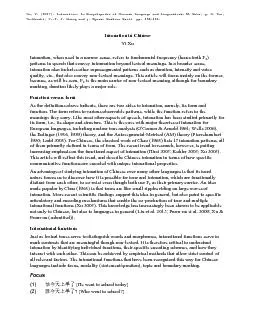PPT-1 Intonation and Computation:
Author : yoshiko-marsland | Published Date : 2018-02-21
Emotion Julia Hirschberg LSA 2017 juliacscolumbiaedu Announcement in Canvas about experimental procedures Has everyone selected their article for presentation Discussion
Presentation Embed Code
Download Presentation
Download Presentation The PPT/PDF document "1 Intonation and Computation:" is the property of its rightful owner. Permission is granted to download and print the materials on this website for personal, non-commercial use only, and to display it on your personal computer provided you do not modify the materials and that you retain all copyright notices contained in the materials. By downloading content from our website, you accept the terms of this agreement.
1 Intonation and Computation:: Transcript
Download Rules Of Document
"1 Intonation and Computation:"The content belongs to its owner. You may download and print it for personal use, without modification, and keep all copyright notices. By downloading, you agree to these terms.
Related Documents

